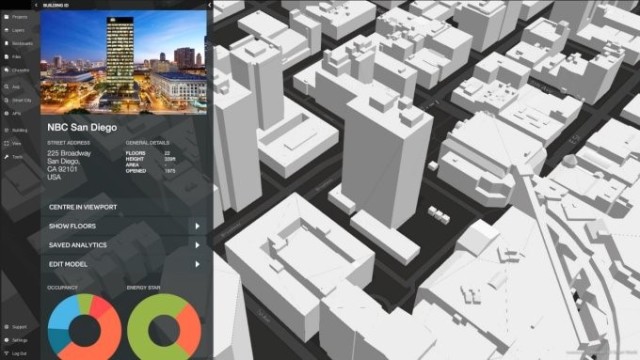
Cityzenith’s digital twin software SmartWorld.
The world is building more significant projects in larger numbers than at any time in history.
Our planet must accommodate the equivalent of 10,000 new cities by 2050 to keep pace with the projected population explosion. 70% of the world’s carbon emissions come from cities, and digital twin technology may hold the key to reversing this.
A recent Markets & Markets report estimated the digital twin market would grow from US$3.1 billion in 2020 to US$48.2 billion per year by 2026, at an annual CAGR of 58%. Digital twin software is already revolutionising industries such as construction, energy, architecture, aerospace, and automotive & transportation.
Furthermore, the global Smart Infrastructure market is forecast to grow to US$56b over the next four years, an annual growth rate of 19.5%, according to Market Research Explore. The report for the global Smart Infrastructure market named Cityzenith, Siemens, and Black & Veatch, as the leading companies in the sector.
One of these digital twin software companies is Cityzenith, whose AI technology platform specialises in energy resilience and has recently launched an international campaign to help cities become climate-friendly under the banner of its Clean Cities – Clean Future campaign. Cityzenith will donate its SmartWorldPro2 solution to up to 100 cities over the next three years to help them become carbon neutral.
CEO Michael Jansen noted that cities produce more than 70 per cent of greenhouse gases and said that the use of data and artificial intelligence (AI) could cut this dramatically.
Digital twins were initially developed to aggregate, analyse and visualise complex information for manufacturing and construction industries. As they have evolved, they are increasingly being used as a tool by cities for urban resilience and lower carbon emissions.
ABI Research expects more than 500 urban digital twins to be deployed by 2025, up from just a handful in 2019. Mr Jansen said: “For every million we raise in investment, we will donate our technology to a major city to help it become carbon neutral.
“Since our inception, we have been using these tools to deliver custom climate resilience applications to greenfield cities, real estate developments, and infrastructure projects.
“We know the issues and now have the right data aggregation, analysis, and visualization capabilities to help solve them for cities, and those who design, build, and manage them.”
Stay up to date by getting stories like this delivered to your mailbox.
Sign up to receive our free weekly Spatial Source newsletter.












